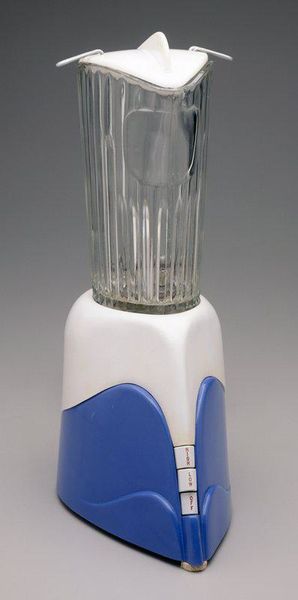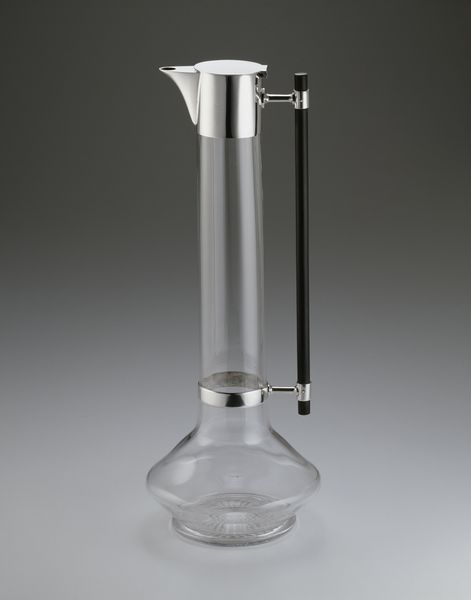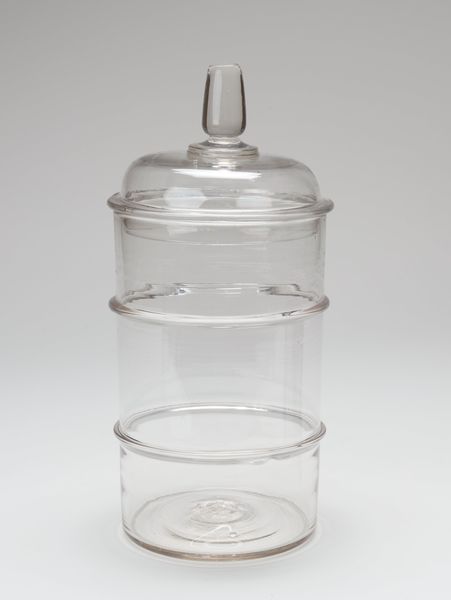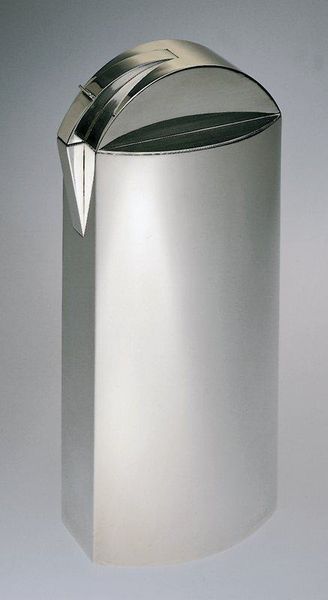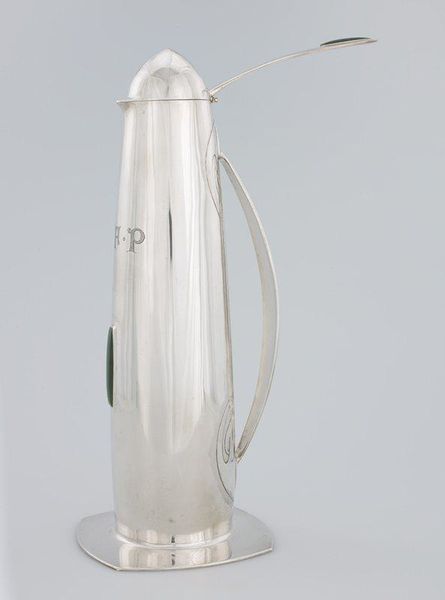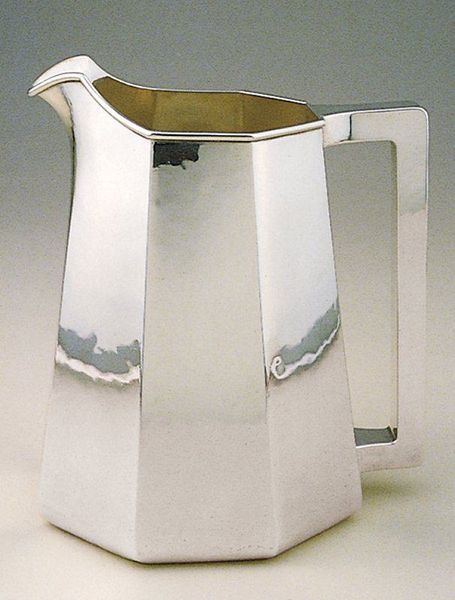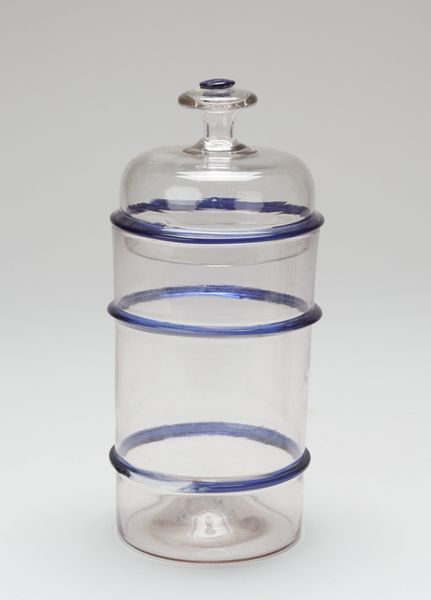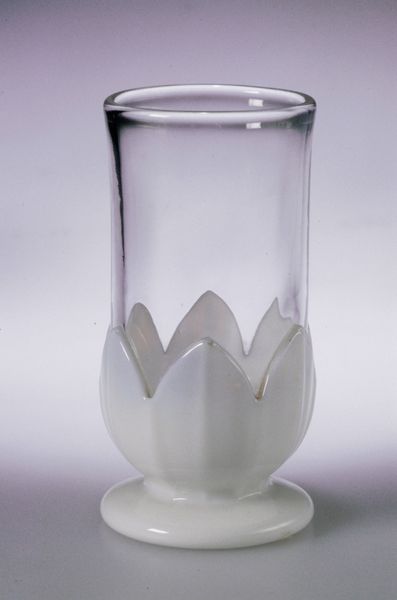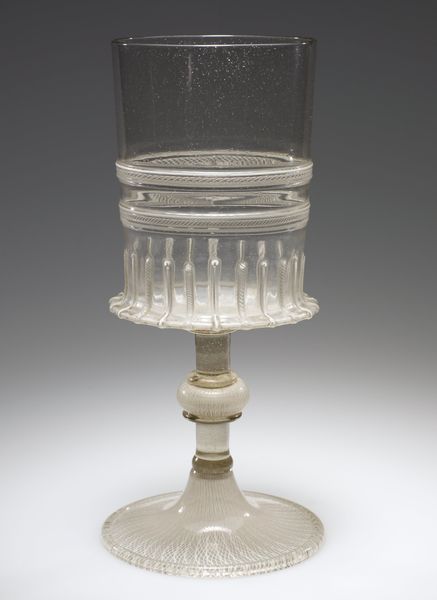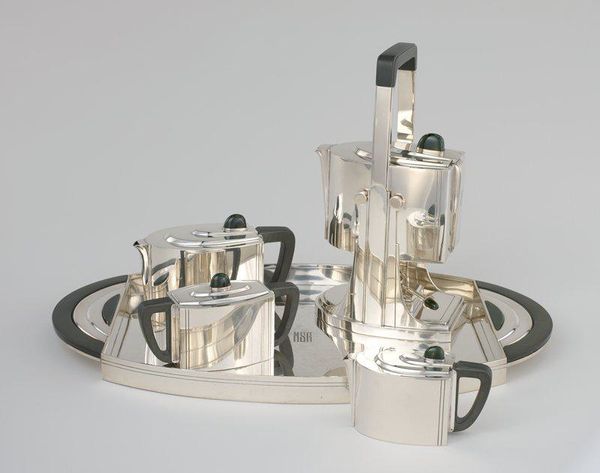
metal, glass
#
art-deco
#
metal
#
glass
#
geometric
#
united-states
Dimensions: 10 1/2 x 6 1/2in. (26.7 x 16.5cm)
Copyright: No Copyright - United States
Curator: Isn't this "Lamp," dating from around 1928 to 1930, elegant? The artist, J. Brundage, has such a command of form. It's currently housed right here at the Minneapolis Institute of Art. Editor: It's striking. Cool and confident, a little reserved, almost like a minimalist skyscraper in miniature. All those cylindrical frosted glass volumes nestled together and set against the chrome frame – I can already hear the jazz age humming. Curator: I think you've hit on something. There's a palpable optimism, that interwar confidence... Art Deco shining bright after the darkness of conflict. Notice how Brundage has balanced those curves and geometric shapes – glass against metal, soft diffused light meeting hard, polished surfaces. The materials—glass and metal—create such a sensual and luminous atmosphere. Editor: Right, it embodies this period of rapid industrial expansion. These functional objects also served to create status. I’m particularly interested in the semiotics here: we've got industrial materials elevated through design, gesturing to aspirations of luxury and modern efficiency that often belied the realities of inequality prevalent during that time in the United States. What did this type of elevated, functional luxury communicate, to whom, and at what cost? Curator: True, that sharp-edged glamour had a darker side, I mean, those chrome highlights, even though they signify modern advancement, also evoke something detached. But I always think about the hands that crafted this—the artisan pouring the glass, the meticulous labor of the metalworker. Editor: Absolutely. While objects like these celebrate innovation, it is vital to understand how cultural assumptions of race, class, and gender influenced that progress and determined who benefited from its aesthetics. And it forces us to acknowledge who remains unseen behind those glittering surfaces. Curator: I agree; engaging with its social implications deepens our understanding, reminding us of how power operates, but I’ll admit it’s mostly the pure light it casts that gets to me. Editor: It’s complex—as all of our relationships with beauty, utility, and history inevitably are.
Comments
No comments
Be the first to comment and join the conversation on the ultimate creative platform.
